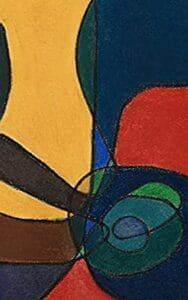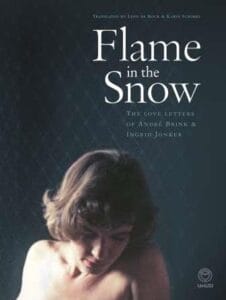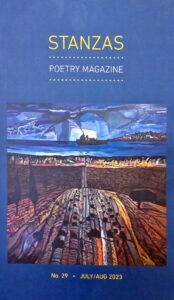Showing 1–16 of 36 results
-

R120Sarah Lubala’s debut collection of poetry, A History of Disappearance, centres on the experiences of those living on the margins, particularly girls and women. The opening poem, “6 Errant Thoughts on Being a Refugee,” for which Lubala was shortlisted for the prestigious Gerald Kraak Award, sets the tone for this important collection.
-

R300A truly unique anthology of poems from various African voices.
-

R80Bella is an illustrated collection of striking yet subtle poems. Motadinyane died in 2003, and was one of the founder members of the Botsotso Jesters poetry performance group; her surreal and multi-lingual work offers a sharp female perspective on South Africa.
-

R120In this way, the collection is varied, and very personal and true to Anton’s past and present, a very satisfying buffet that offers a unique taste of his Buddhistic soul.
-

R140In a whirlwind of local history, contemporary culture, domestic angst, and nostalgia, Thabo Jijana’s debut collection of award-winning poems exhibits an emotional wisdom beyond the writer’s years.
-

R330In a telegram dated 29 April 1963, thirty-year-old Afrikaans poet Ingrid Jonker thanks André Brink, a young novelist of twenty-eight, for flowers and a letter he sent her. In the more than two hundred letters that followed this telegram, one of South African literature’s most famous love affairs unfolds. Jonker’s final letter to Brink is dated 18 April 1965. She drowned herself in the ocean at Three Anchor Bay three months later.
-

R120I believe poetry like jazz, allows one to knock on the void of silence. In this way I celebrate the lives of artists and poets such as Mafika Gwala, Jackson Hlungwani, Kippie ‘Morolong’ Moeketsi and Fana Zulu.
-

R120Abu Bakr Solomons continues his exploration of the unfolding social and political milieu -worlds in transition – both locally and globally; the threats and compelling beauty which coexist in these complex human tragedies and triumphs so that the past and the present intersect in the psyches and consciousness of individuals and delivery of social movements.
-

R120From the unusual opening poem (conflating birth with a car crash) to its close (an abandoned suitcase representing an entire lifetime), this book weaves its stories backwards and forwards through time and place
-

R200In this beguiling bouquet of travel poetry, diary fragments, letters, works-in-progress and retrospection, Helen Moffett offers us a rare look into the workings, misfirings and triumphs of a literary mind.
-

R170Lyrical, lilting and lachrymose, Stephen Symons’ debut collection of poems fearlessly voyages through the vast and unknowable depths of ocean and adulthood. In sparse, yet gorgeously flowing verse, Symons gives in to the currents of love, war, nostalgia and fatherhood, bringing a new sensitivity to South African poetry; creating a collection infused with an all encompassing awe for the majesty and mystery of the natural world, and humanity’s every changing place in it.
-

R100These poems cover many different states of mind and situations and are deeply rooted in South Africa but also travel to other continents.
-

R130An open space where poetry matters. Stanzas is a quarterly for new poetry to suit all moods. It provides a platform for established and emerging poets to share their most recent work and affirm poetry’s important place in our lives. “The sound must seem an echo of the sense.”
-

R130Stanzas publishes new and translated poems in English, and reviews of new collections published in South Africa. It provides a platform for both established and emerging poets to share their recent work and so affirm the place in our lives.
-

R130“…think of the caterpillar as the poet, and think of the chrysalis as the book, and think of the butterfly as what happens when the reader can act with the poem.” – Margaret Atwood
-

R120“For him [Milan Kundera], the novel was the highest form of aesthetic endeavor, a kind of anti-scripture representing the sensibility of the individual, containing “an outlook, a wisdom, a position… that would rule out identification with any politics, any religion, any ideology, any moral doctrine, any group.” – David Samuels
















